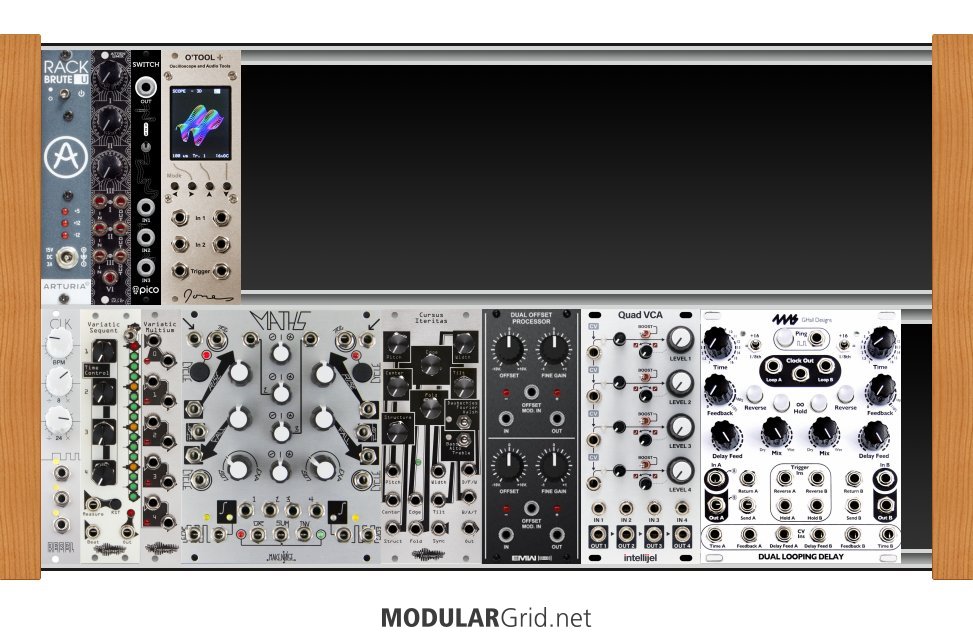Good moves thus far...the Moog bipolar DC thing is annoying, yep. I would've hoped that they'd learned from example that when there's a standard that's making the development of new things possible, you're supposed to follow that trend mainly for the sake of being constructive. My bet is that with the Moog gear's basis in Bob's older circuit designs, it sticks with their older voltage standards...hence the bipolar DC, the continuing presence of the (ugh) S-Trigs on their modular reissues, etc.
One thing you might look at, though, would be the Erica Pico MScale. That's specifically designed to solve the Moog bipolar DC issue, fits in a mere 3 hp, and only costs around $70. That way, you can just route your pitch CV direct to that and the problem's instantly solved in the first patching step outside the Grandmother. As for the EMW Offset Proc...that not only fixes your control issues, but it allows some extra craziness in that you can modulate offsets with it. So, say you have an incoming CV that controls your VCO pitches...by using a square wave as an offset modulator and a little poking around with the gain control, you can impose a trill of a specific interval onto the VCO CV with that module. And that's just one example of some of the fun you can have with it. My assumption is that EMW mashed an offset source plus an adder in there twice over...not a bad idea at all!


